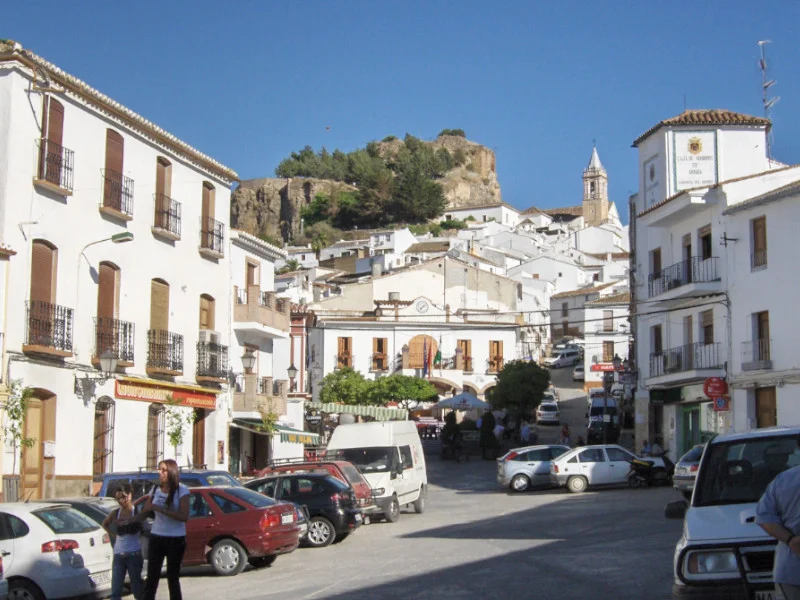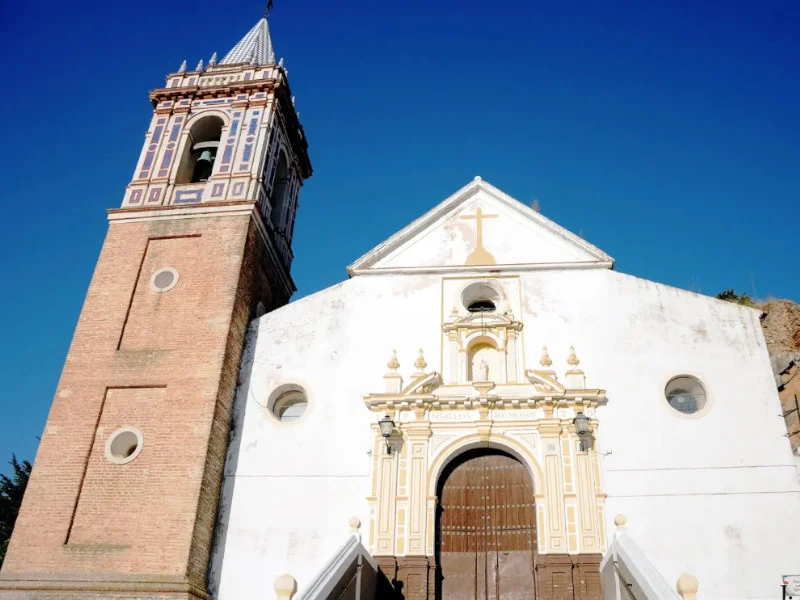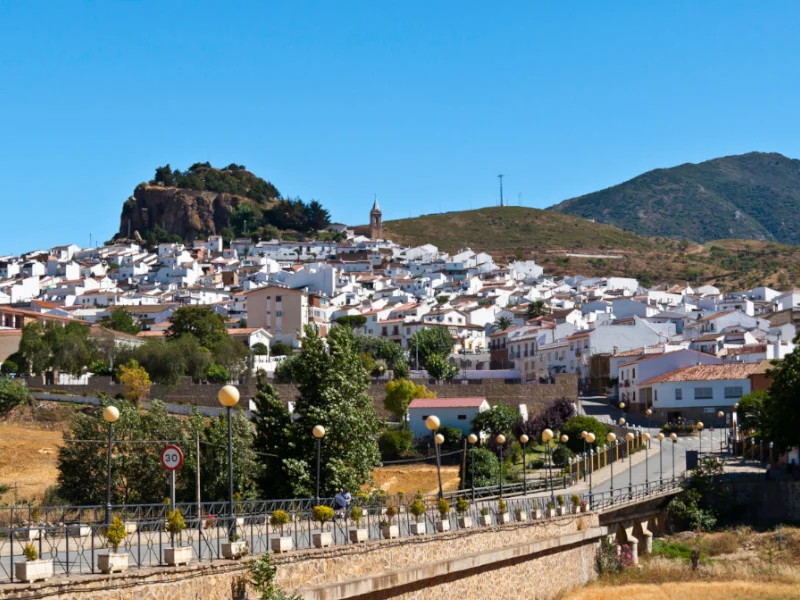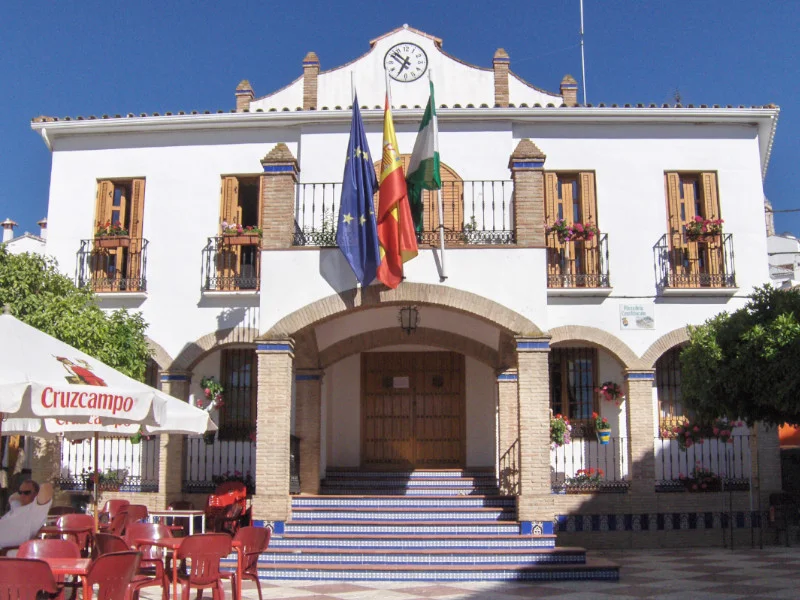Ardales - ANTEQUERA
Ardales is a 45 minute drive from Antequera.
This small, though historically important town, lies just off the road from Campillos to Málaga, being the main town adjacent to the Ardales Lakes and El Chorro.
It’ s centre consists of narrow climbing streets and whitewashed houses, of typical Andalusian character, leading up to the Peña de Ardales (Ardales mountain), with the remains of a 10th century fortress.
Click here to get directions to Ardales.
Things to see in Ardales




Close to the Peña is the Church of Nuestra Señora de los Remedios. Ntra. Sra. de los Remedios was built in the 14th Century, and updated in the 18th Century. It is of Mudéjar design, with a Baroque portal. The tower is slender, with a square groundplan, and has a pyramid shaped spire.
The lower part of Ardales contains the Plaza de San Isidro, which is the site of the town hall, and close to the 18th Century Monastery of Los Capuchinos with it’s attractive altar pieces and choir stalls.
Human settlement in Ardales goes back pre-history, and Paleolithic works have been discovered in the Cave of Ardales (Cueva de Ardales – see on). Ardales has seen Roman settlement, and later Moorish. Due to it’s frontier position between the reigns of Castile and Granada, the town took on a militarily strategic importance during the last stages of the Moorish period.
Ardales has a population of around 4000. The principle industry is livestock and agricultural farming, but the tourist industry is becoming increasingly important, due to the town character, and proximity to it’s lakes and El Chorro. It is also easily reachable by car, and a pleasant drive, from Antequera.
There are several bars and restaurants in various areas of the town. Plentiful local shopping, and two banks can also be found.
Locally prepared gastronomy includes the galleta de almendra (almond biscuits) and ‘torta de aceita’ (olive oil cake). Other typical dishes on menus include caldereta de cordero (lamb stew) and chivo (small goat) a la pastoril.
Cueva de Ardales (or Cave of Doña Trinidad)
Reached by a 3 kilometre track just off the Ardales to Carractraca road.
The cave was discovered in 1821. It has a length of 1.5 kilometres, and features important prehistoric paintings and carvings dating from over 20,000 years ago to the Upper Paleolithic age.
It contains numerous galleries and chambers, named the Gran Sala, the Galería, the Chamber of El Aquero, the Sala del Lago, the Gallery of El Espolón, the Gallery of Grabados and the Sala de las Manos.
There are some wonderful stalagmite and stalactite formations to be seen, small underground lakes, and a labyrinth of columns.
The ancient paintings feature deer, goats, horses, and fish. The most significant is known as the Ardales Deer, a black painting with a red spot over the heart.
Burial places have also been discovered there, as well as dwelling areas dating back to the Neolithic and Chalcolithic periods.

Guided Tours in Cueva de Ardales
For a guided tour you can contact the Visitors Centre on +34 952 458 046 or you can visit the website by clicking here.
At time of writing guided tour rates are as follows:
- Adults and Teenagers: 10€ per person
- Children (Aged 5 – 12): 5€ per person
Visitor numbers are restricted at any one time, and you are accompanied by a guide. Please note, that they are closed on Mondays.
Well worth a trip from Antequera.
